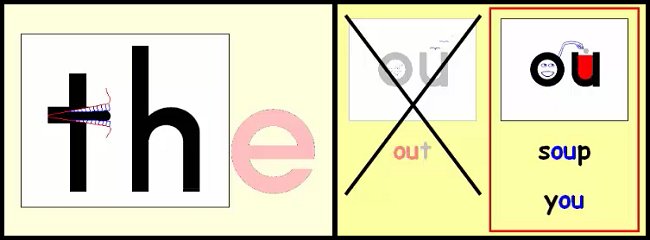How can we help those children who struggle to remember how to read and spell sight words?
There is often confusion between high frequency words and sight words. Sight words are irregular or require more phonics knowledge than children have been taught at that stage. They are a subset of high frequency words.
There are many lists of high frequency words. Here are some URLs for high frequency word lists that are currently available.
Children need to be able to recognise these words easily and accurately, but what is the best way to learn them? Is it best to learn these words first? Just as lists? As sight words? Only as children learn the necessary sounds in a sequential, synthetic phonics program? Only when children come across them? A combination?
Unfortunately, many of the most common of these high frequency words are irregular, or a least contain less common sounds for letters and groups of letters. That is, they are common sight words.
Many children find it easy and helpful to just learn these lists of words, say ten at a time. For others, and their parents, it is a source of great distress, the beginning of many years of failure. So how can we help the latter with whatever system their school uses, and with the reading books that are sent home?
For example – the, you, and – “The” is usually the most common word in the lists, “and” second or third. “You” is often number eight, but usually in the top twenty.
If a word is causing difficulty, you can ask the child which bit is easy and which bit is still tricky. You can assure them that these words will make sense when they have learned more. This is often enough, but if it is not, you may wish to skip ahead and teach them the logic.
For example, “and” uses only the most common sounds of the letters, is totally regular and usually only causes a problem if it is just taught as a sight word.
For the word “you”, “y” = /y/ (the sound of “y” in yes) is easy, “ou” is still tricky. See also near the bottom of my previous post.
In “the”, nothing is easy. One young grandson of mine had great difficulty here. He had been taught the most common sound of each letter and how to sound out words from left to right. So he would read “the” as /t/ /h/ /e/ whenever he came across it, no matter how many times we had agreed that it was a tricky word that he just needed to remember. Eventually we got over this difficulty by making up a silly story about letters that make rude sounds. (He, incidentally, had great difficulty learning to read at school. Their normal one-to-one support program had to be modified to one that emphasised phonics first in working out a troublesome word, and in which he was strongly discouraged from guessing.)
The video shows examples of skipping ahead when necessary in Gilead® Success with Phonics, a logical, sequential, synthetic program that often uses humour, and always memory aids, to teach key concepts – the, you, and.
For more detail on how to teach high frequency words, see Core words.





{ 0 comments… add one now }